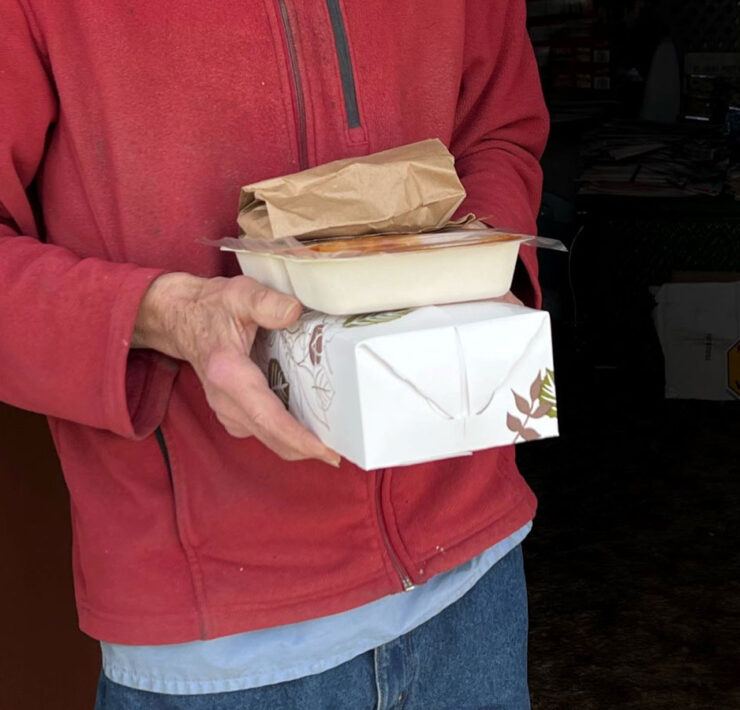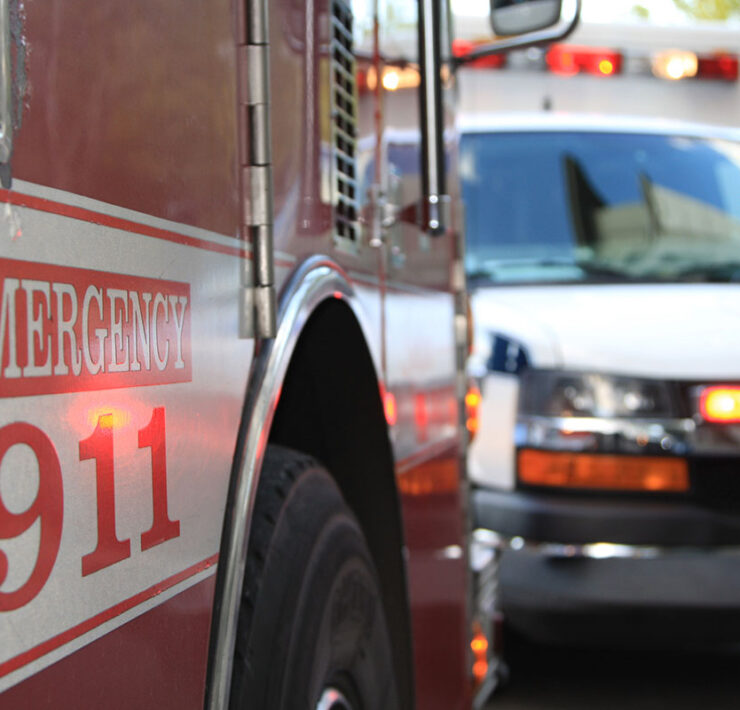Junior Achievement Promotes Boundless Possibilities
- This story originally appeared in the February 2024 relationship issue of COMO Magazine.
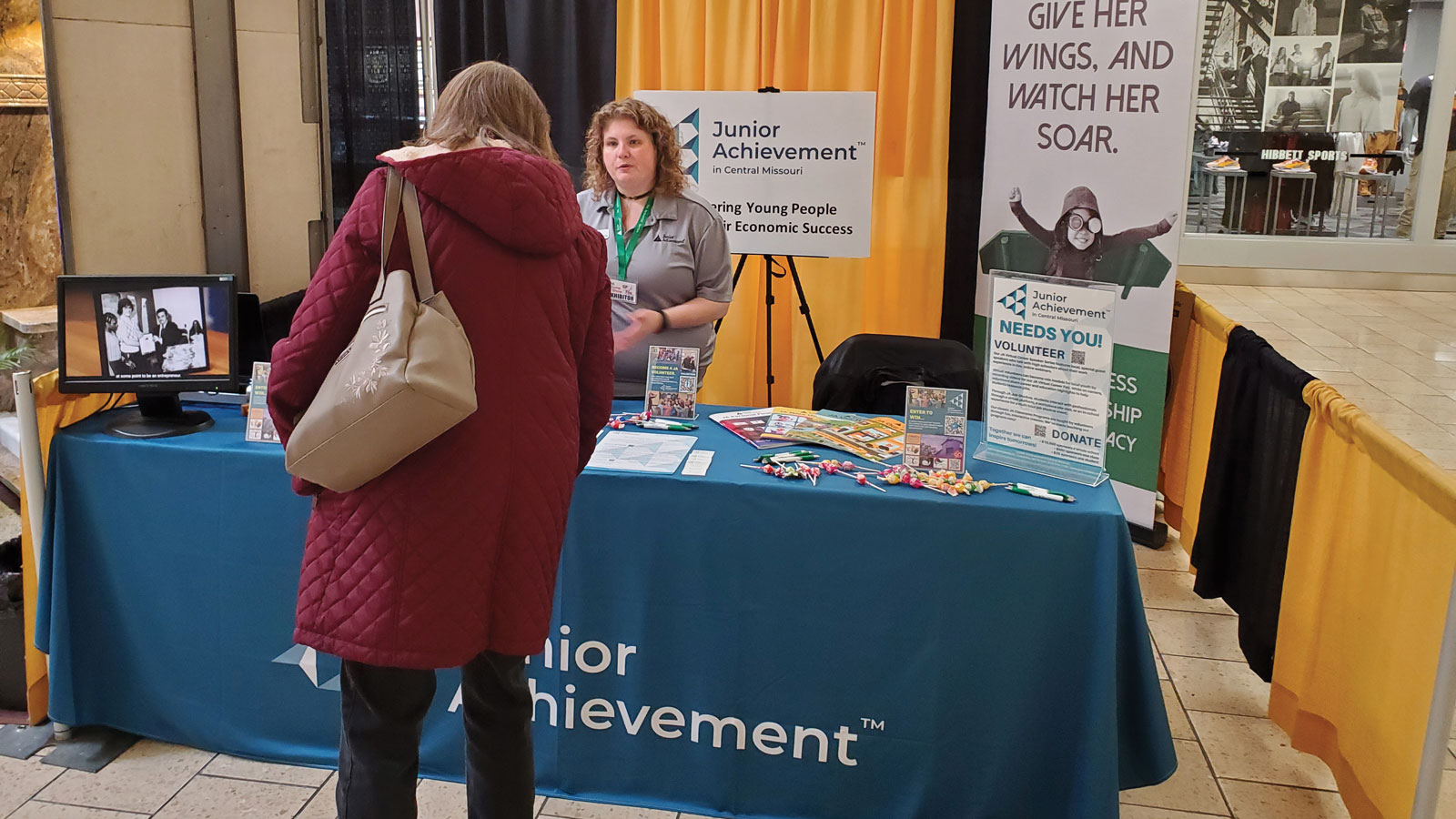
Junior Achievement in Central Missouri helps cultivate confidence and fiscal responsibility in local youth.
Columbia’s landscape of vibrant nonprofit organizations can be likened to a grove of trees growing in the background, spreading their branches and showering the ground with colorful leaves. Some aren’t as flamboyant or visible, but chop one down and its absence would be sorely felt with ripple effects on the community’s future.
Junior Achievement (JA) fits that description. Though not as visible as some of Columbia’s 170-plus nonprofits as it functions in the background of life, JA’s presence and the work it does sends positive ripples throughout Columbia by empowering young people to be confident, to take charge of their lives, and to be creatively business-minded and fiscally responsible.
A Missing Link
The year was 1919. Horace Moses was president of what is now Strathmore Paper Company and Theodore Vail had recently retired as president of the American Telephone and Telegraph Company (AT&T). Together these men along with Winthrop Crane, a career politician and businessman, saw a disconnect between childhood education and the adult workforce in their home state of Massachusetts.
Originally named the Boys’ and Girls’ Bureau of the Eastern States, Moses, Vail, and Crane founded the organization to educate the youth of their state in production and free enterprise.
They saw unfulfilled potential in young people and that this unfulfilled potential existed, not because of general laziness, but because the youth simply had no one to cultivate that potential and bring it to fruition.
According to a JA brochure, its “programs help young people make the connection between the classroom curriculum and life after graduation — by giving them additional tools and the confidence to be successful.”
And so with a passion to help both the youth and the economy what we know today as Junior Achievement was born.
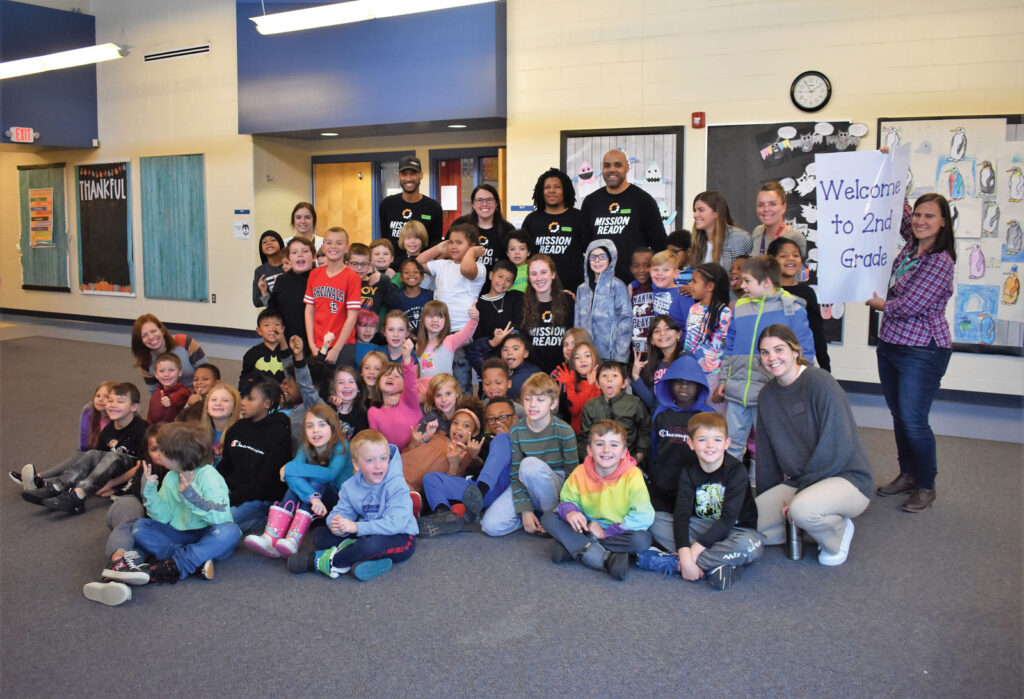
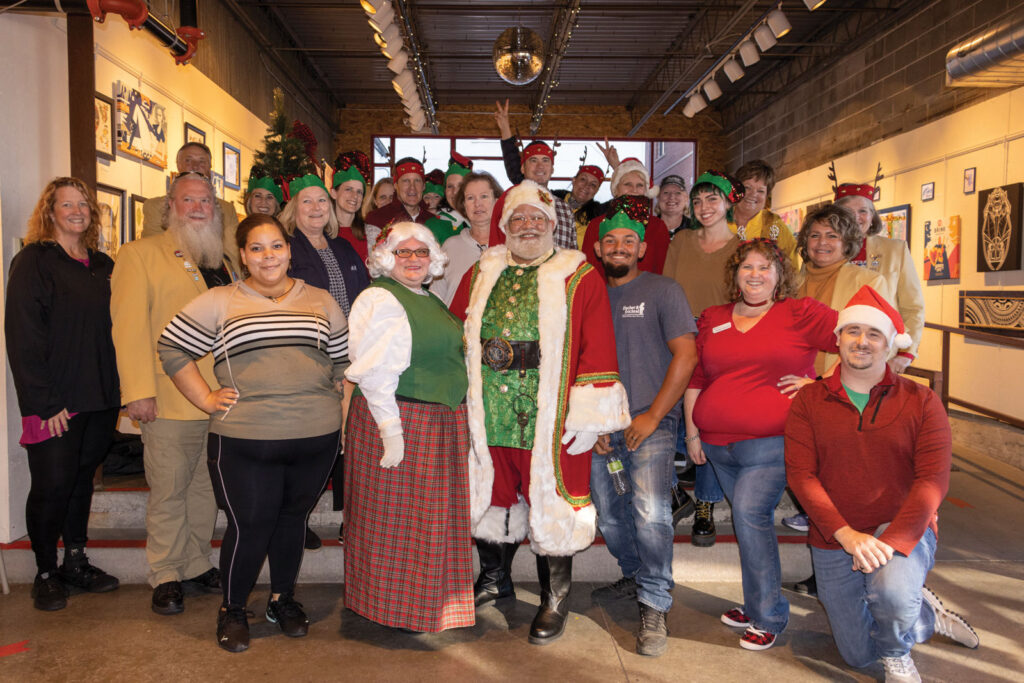
Growth
The founders’ vision was for their state of Massachusetts, but Junior Achievement is now a worldwide organization; and while the founders’ focus was on high school-age students, the JA of today offers programs for pre-kindergarten through age twenty-five.
Junior Achievement planted roots in St. Louis in 1943 and moved to Columbia some sixty years later.
“It’s my dream job,” says district manager Morgan Dennehy, whose passion for JA led her to take a pay cut when offered the position. “It is nice to know that a company that I was so excited about and involved in as a high school student really is as wonderful as it felt back then.”
Individuals JA Serves
Dennehy’s experience with Junior Achievement as a high schooler was pivotal. Growing up in a home of modest means, Dennehy’s involvement with JA during her high school years gave her an education that schools don’t offer. It also gave her confidence to reach her goals, and it gave her hope for success. JA opened a door to her future that she didn’t know was there.
According to the National Center for Education Statistics, the national dropout rate in 2021 was 5.2 percent, or about two million students neither graduated from high school nor earned their GED. In an independent study by Washington University, that percentage among the JA St. Louis alumni was 3 percent, and other metrics — such as graduating college, becoming an entrepreneur, and overall life satisfaction — also demonstrate the program’s success.
How It Works
The Junior Achievement that many might remember was an after-school program. Today it’s much more. Individual teachers who want to include the program in their classroom activities can contact Dennehy, who will pair that classroom with a volunteer who will come present the program. Each grade’s program consists of five, thirty-minute sessions.
The schedule can be spread out over days, weeks, or months. “JA in A Day” is also an option where all five sessions are taught in one day. JA provides the materials, and the programs are offered free of charge.
In addition to the in-school programs, all CPS fifth graders head to St. Louis for a day at Finance Park and BizTown to learn monthly budgeting skills, understand the cost of living, and to challenge them to think critically and creatively. Students are given a unique life profile (income, marital status, and so on). With their new adult persona, students must create a budget that includes housing, transportation, insurance, groceries, and more. They go to work and even vote for a mayor.
The Challenges
Without the glitz and glamour of a marketing campaign (or even a marketing budget), the nonprofit relies solely on word-of-mouth to spread its message and to be invited into classrooms; and while JA reached several thousand students in the community last year, many more students haven’t experienced all the benefits of JA. The challenge it faces in COMO is for both classroom invitations and volunteers willing to go into the classrooms.
More than one hundred years after three businessmen with a passion for empowering young people launched JA, the program continues to grow in Central Missouri and, especially, in Columbia.
Junior Achievement in Central Missouri
Mission Statement
Empowering young people to own their own economic success.
Board Members
Julie Arnett, Central Bank
Michelle Baumstark, CPS
Molly Delgado, CPS
Morgan Dennehy, Junior Achievement Central MO
Ellen Dent, Callaway Bank (retired)
Kimberly Earnest, VU
Aaron Emel, Cost Cutters and Supercuts of Missouri
Dr. Tami Ensor, Westminster College
Tonya Keith, Simmons Bank
Debbie LaRue, Callaway Bank
Jay MacLellan, Shelter Insurance
Annette McClellan, Junior Achievement STL
Ryan Wiedmeyer, Bank of Missouri
Anne Williams, JobFinders
Dr. Brian Yearwood, CPS Superintendent
Junior Achievement in Central Missouri
2501A Bernadette Dr.
314-502-9115
centralmissouri.ja.org




